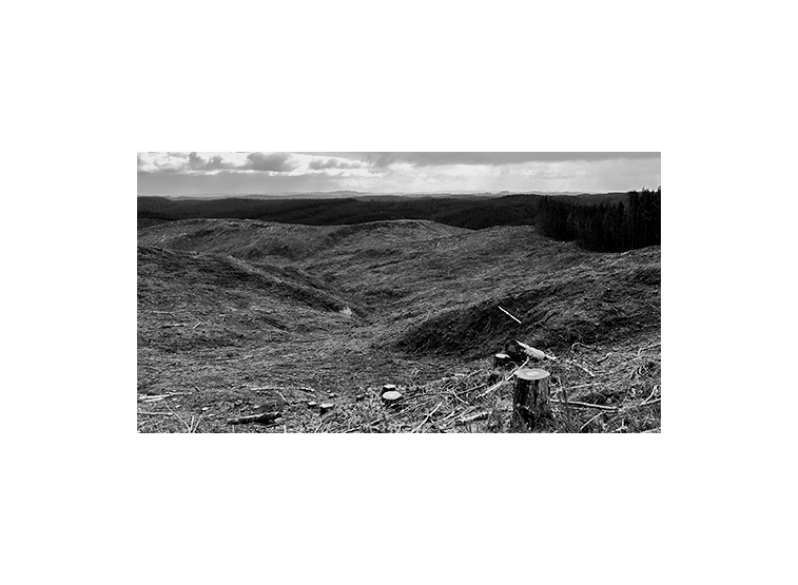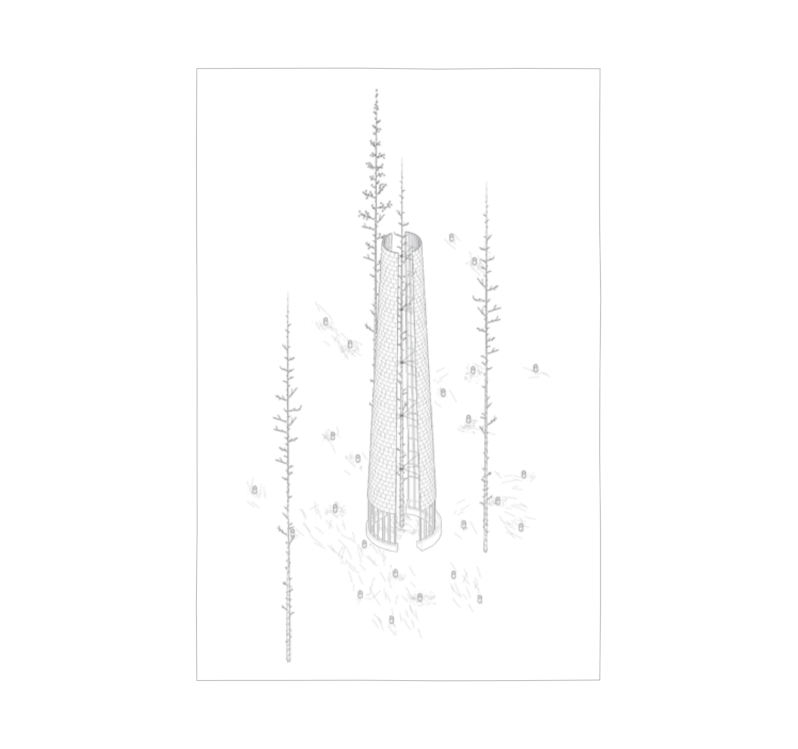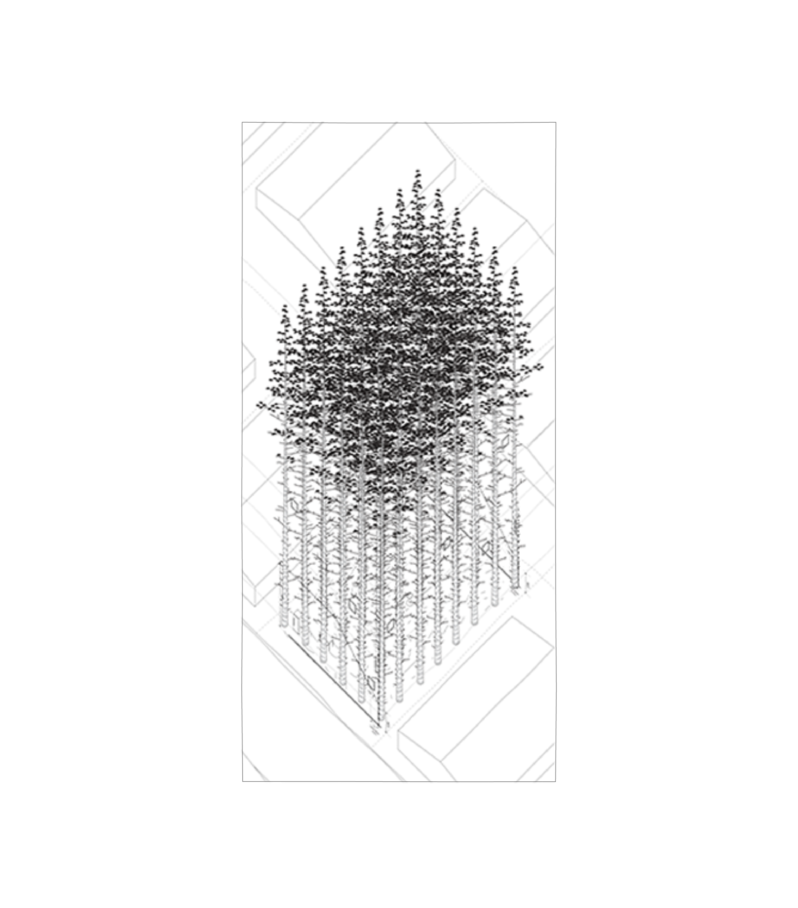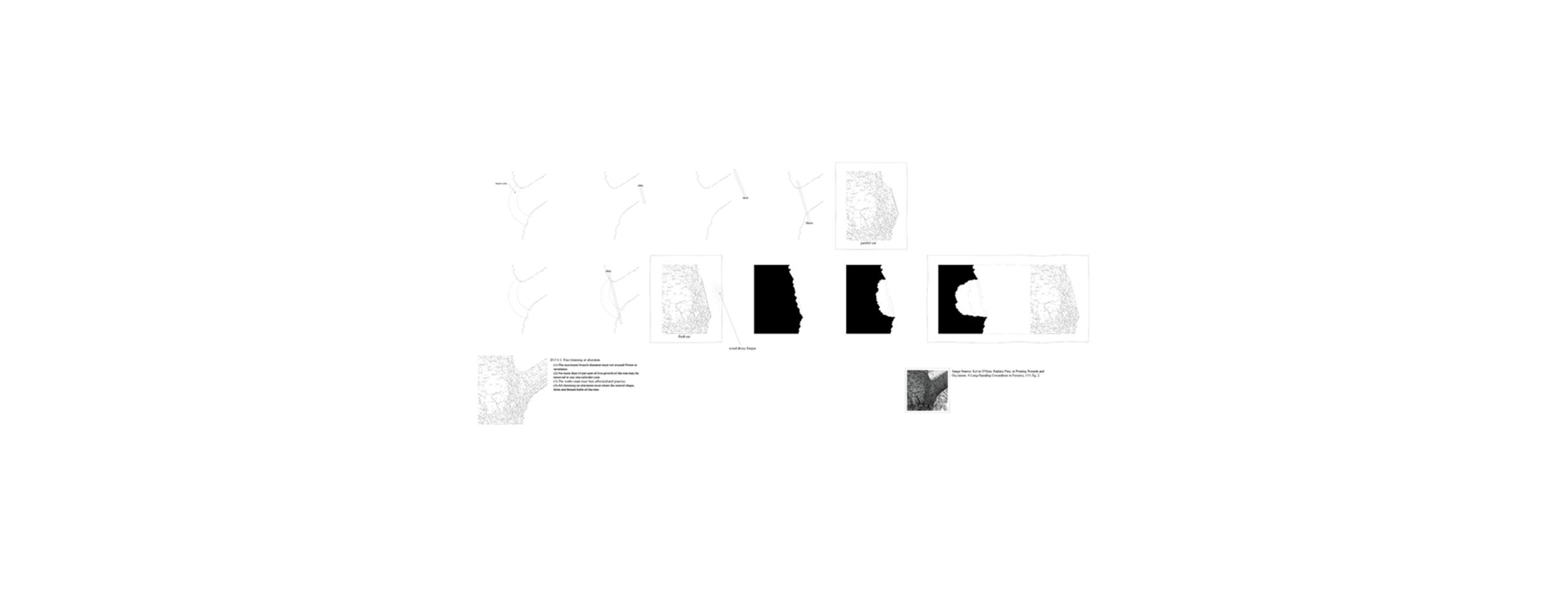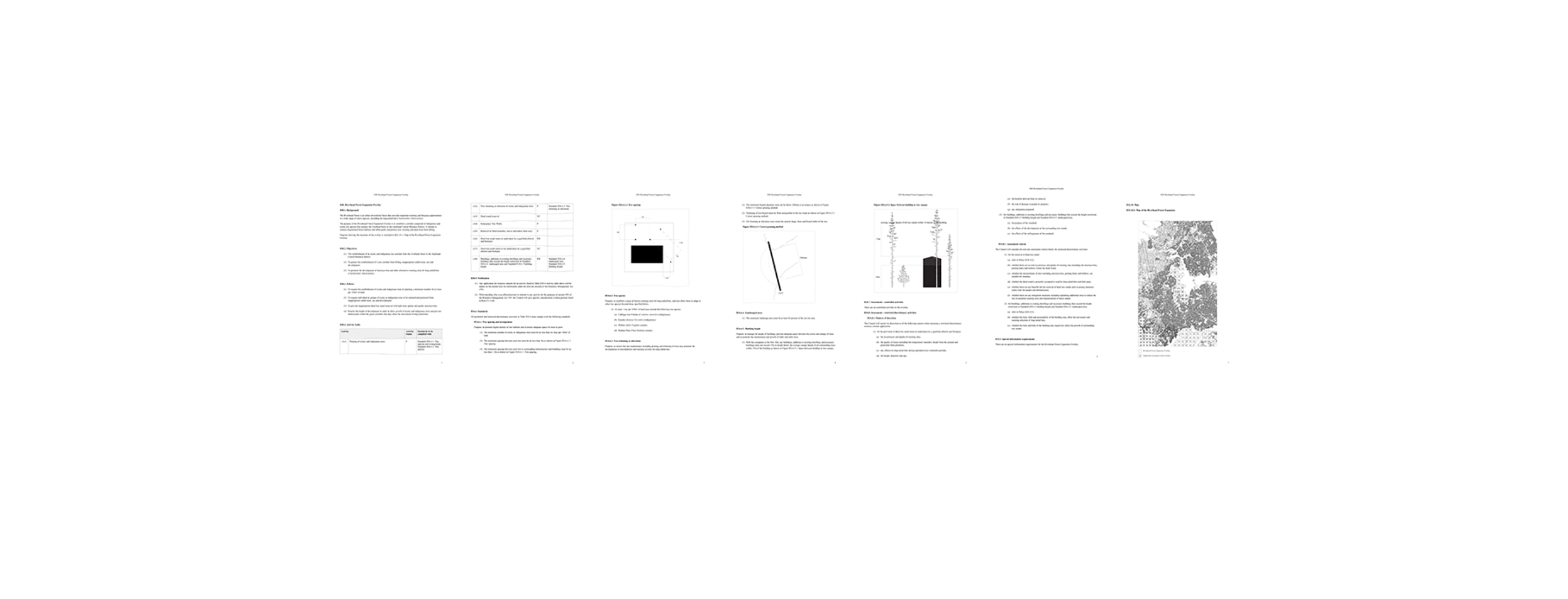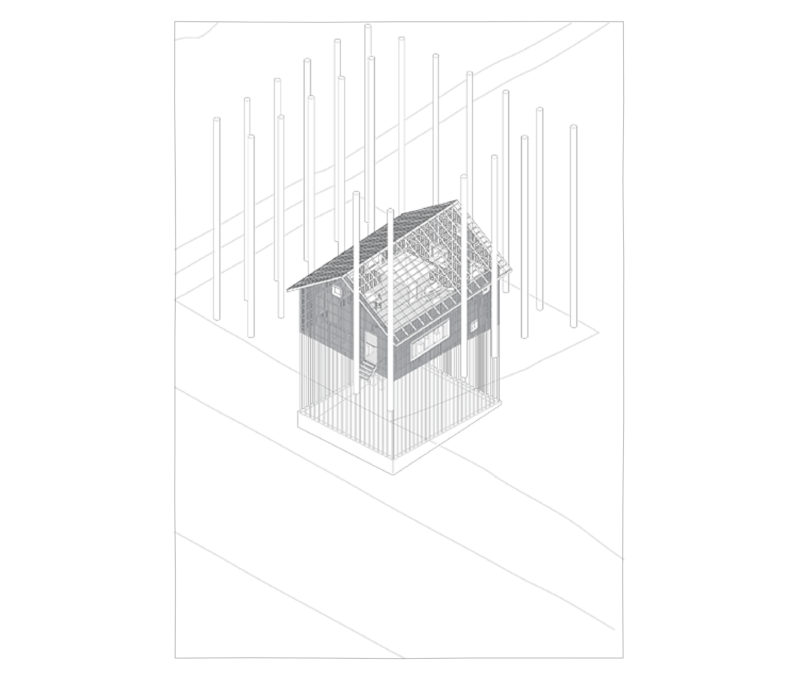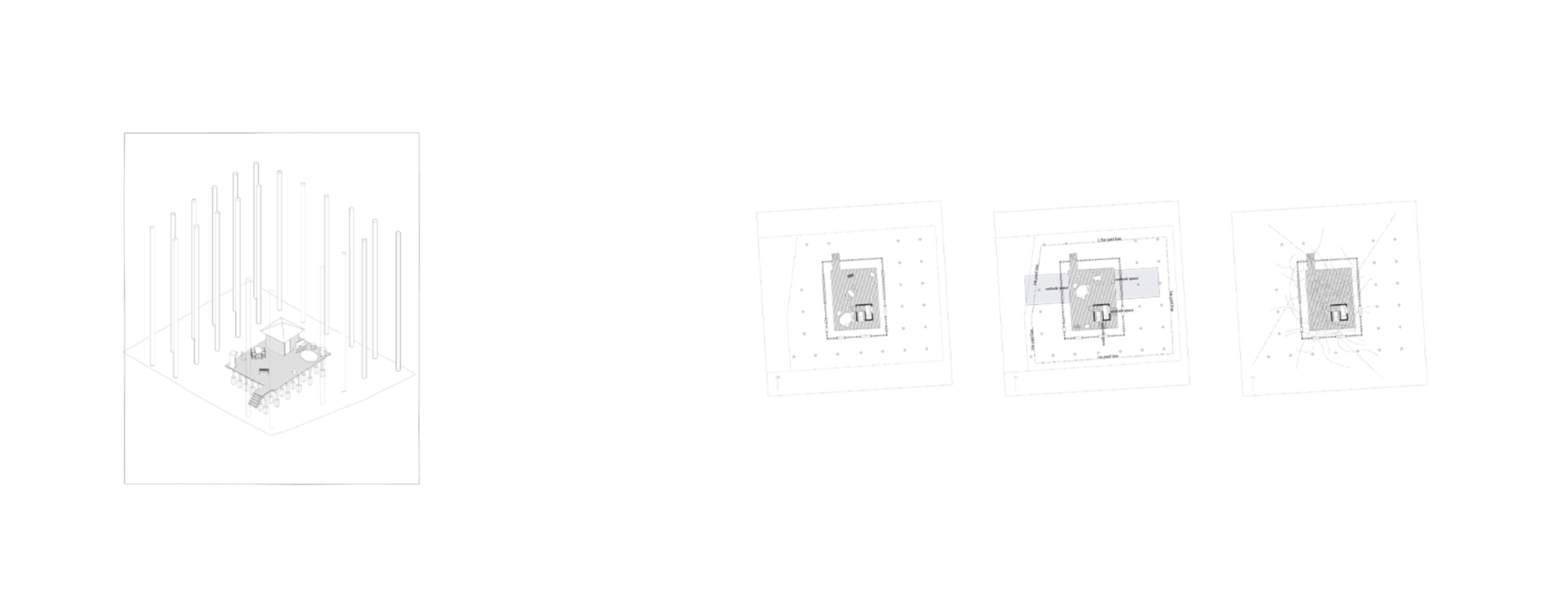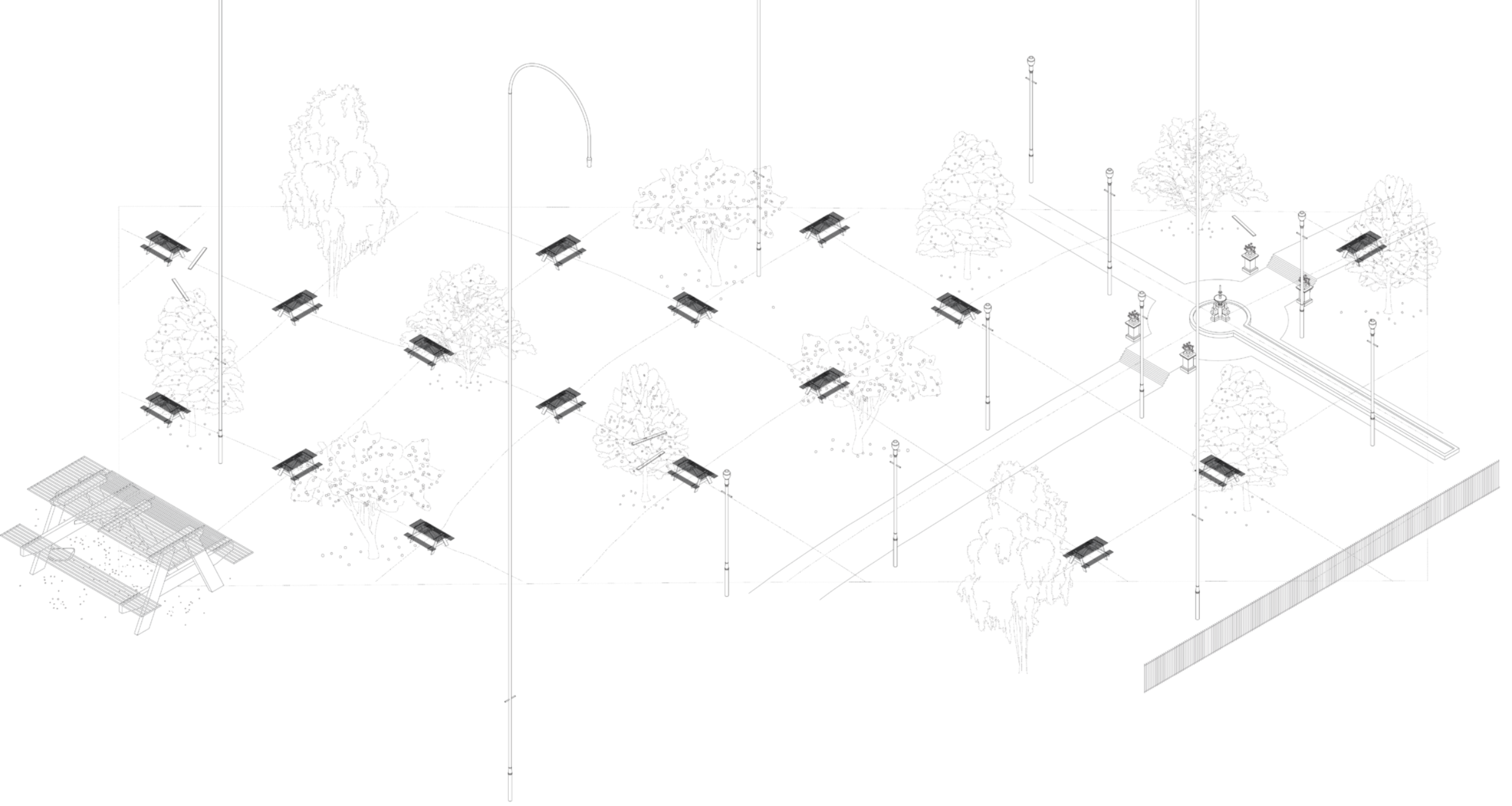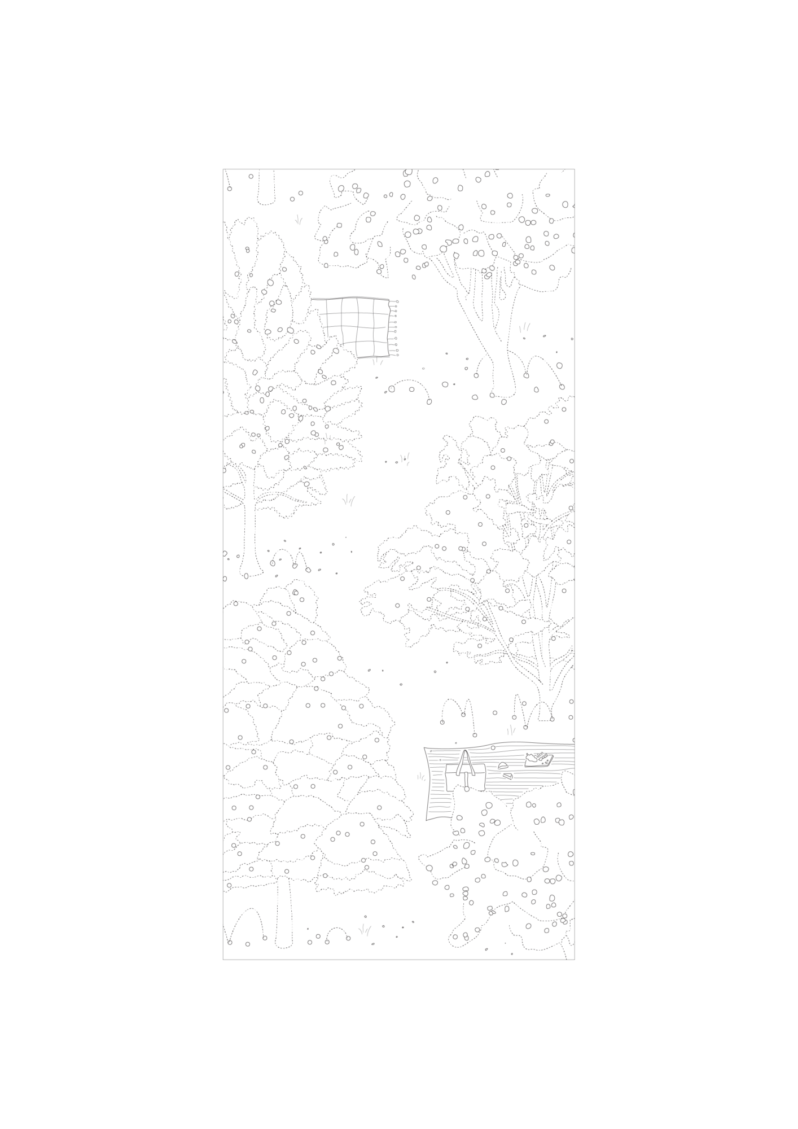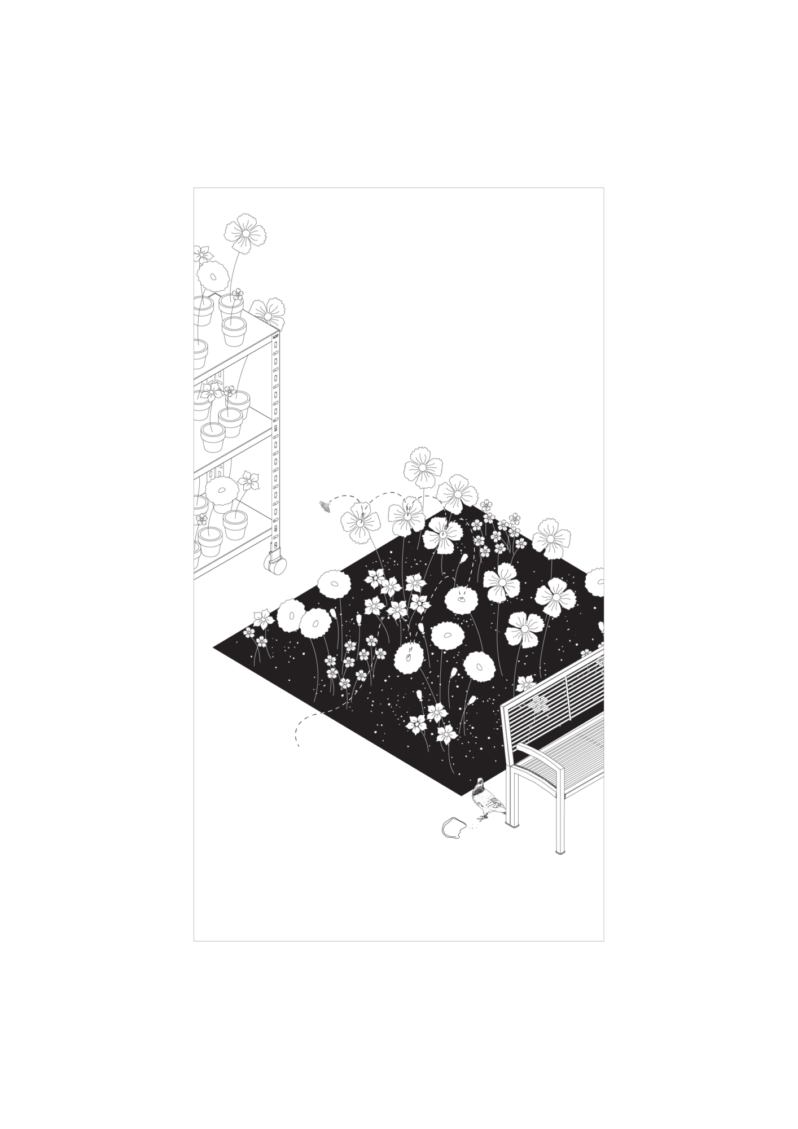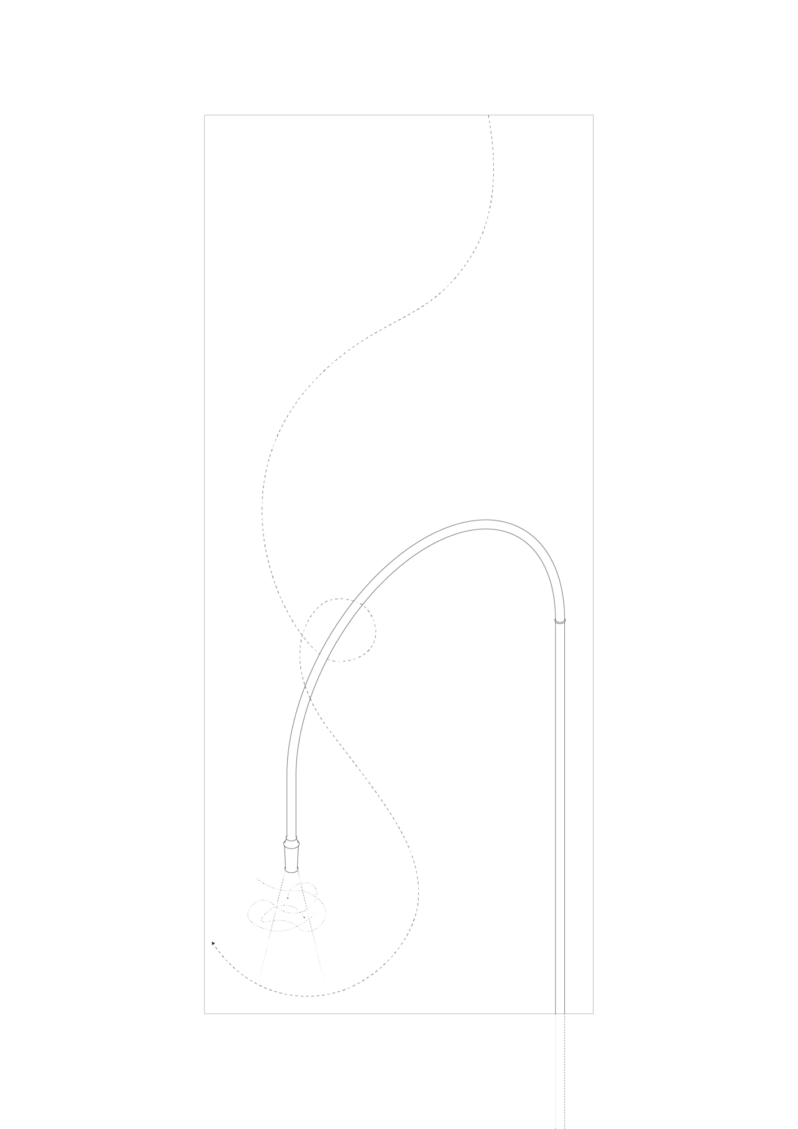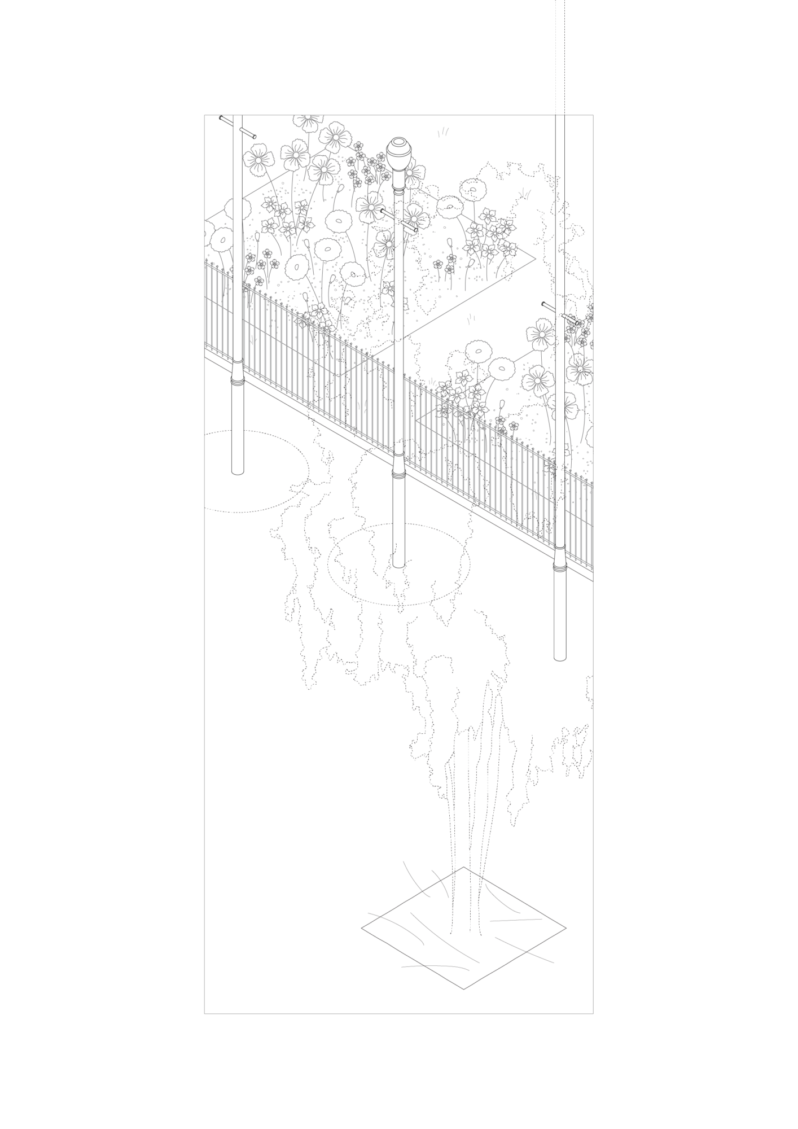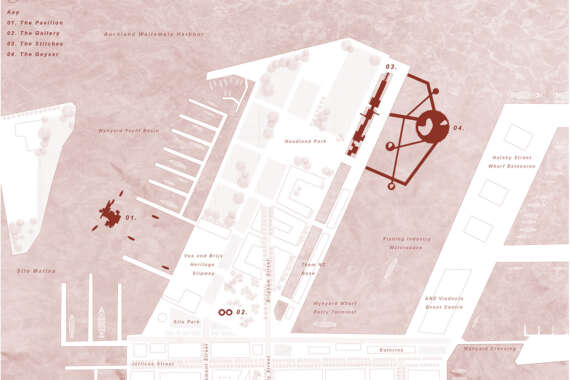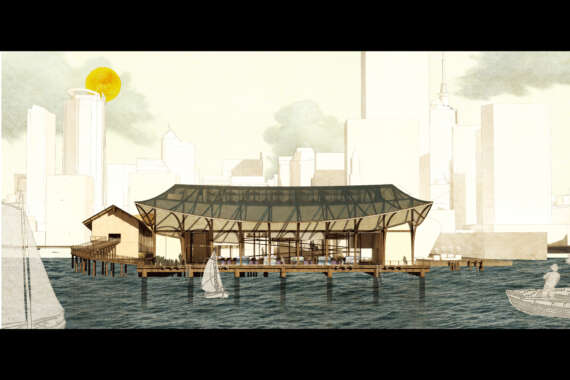Wilderhouse: Peculiar Habitats in the Anthropocene
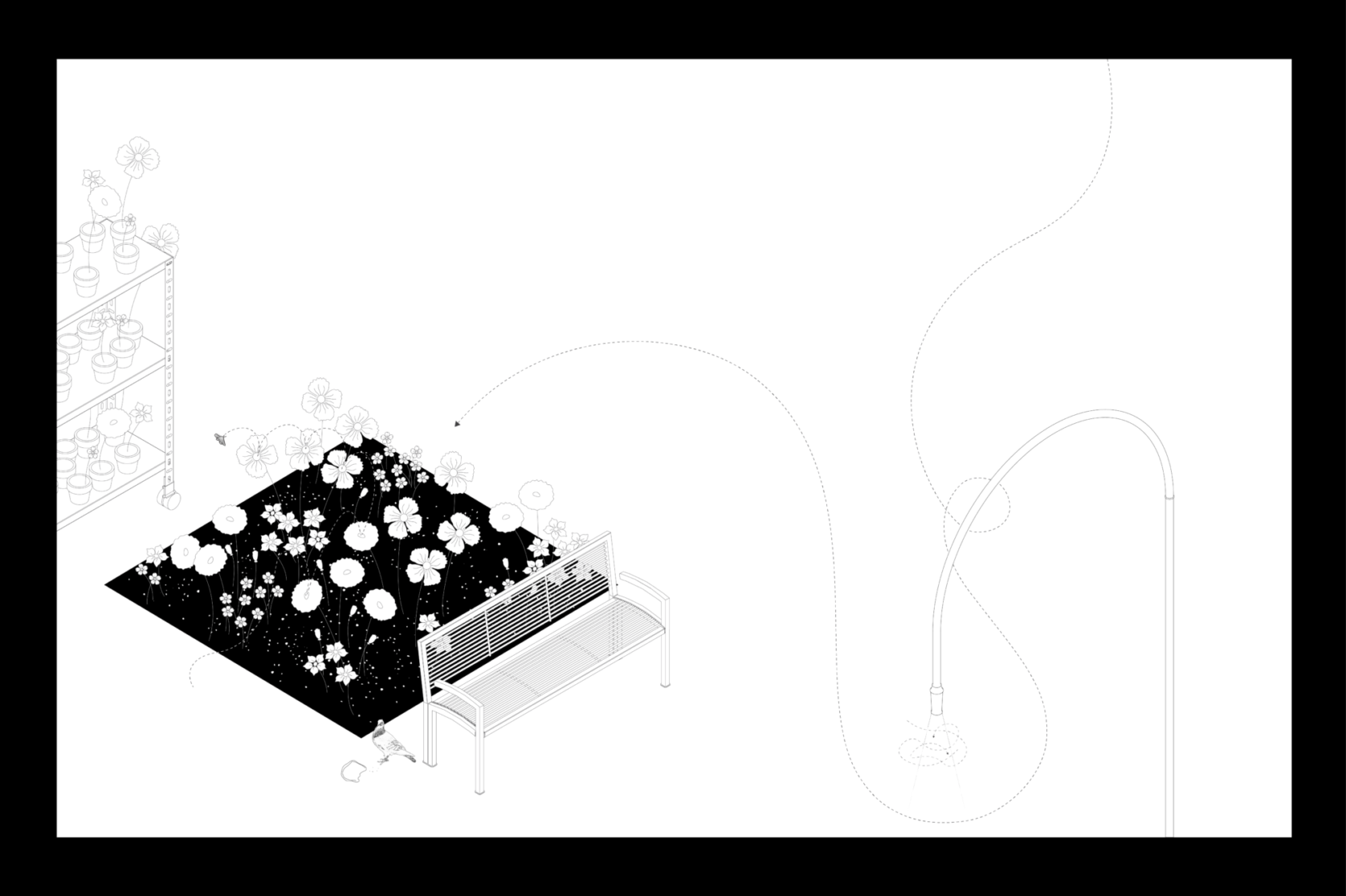
Historically, animals adapted to survive in our urban environments are able to exploit the abundance of anthropogenic resources in our urban landscapes. For example, the widespread infestation of cockroaches ravaged the United States between the second half of the nineteenth century and the early twentieth century, exploiting the poor housing conditions and settling in hollow walls in drainage and the imperfections in building construction. Buildings that resemble native cliff habitats provide nesting substrates and shelter for pigeons while the surrounding urban streets are littered reliably with food sources. These species take advantage of the vast array of ecological opportunities found in our urban landscapes, such as the unused or underutilized domestic and urban spaces and the food resources and waste catered by human activity.
Using New Zealand's native long-tailed bat as a case study, this thesis asks, how can the built environment support the inclusion and adaptation of a threatened species?
This thesis looks at 3 planning zones, rural, suburban and urban in the Tamaki Makaurau Auckland region. The design outcomes are presented as a series of 5 design moments across these different zones.








